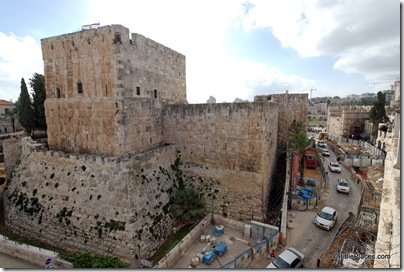There was some news this month regarding the Qeiyafa Ostracon. I previously posted the new reading by Gershon Galil. That was criticized by some, including Christopher Rollston who has some good thoughts on his blog. The Khirbet Qeiyafa team has attacked Galil in an open letter for ethical concerns as well as problems of scholarship and “scientific methodology.”
Gordon Govier interviewed a number of scholars about the ostracon in an article for Christianity Today. Govier also interviewed Seth Sanders and Chris Rollston for the radio program, The Book and the Spade (also online temporarily as #1210 and #1211).
The Mormon Times has an article that summarizes the latest, with input from BYU professor Jeffrey R. Chadwick.
The Khirbet Qeiyafa website has been updated with new photographs and drawings of the ostracon (and page two here).
An article has just been published (and posted online in pdf format) in PalArch’s Journal of Archaeology of Egypt/Egyptology by Gregory Bearman & William A. Christens-Barry entitled “Spectral Imaging of Ostraca.” The article includes several photos of the Qeiyafa Ostracon.


